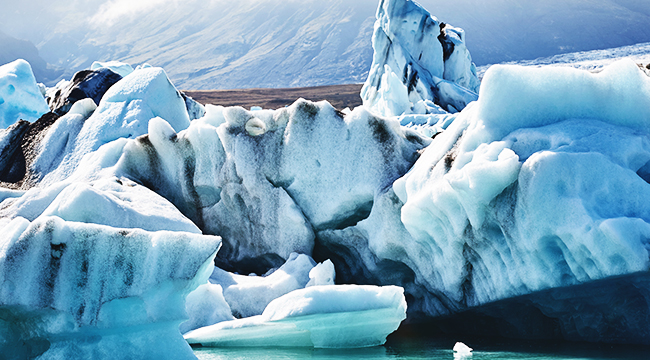
Depending on where you get your news, you might think we’ve lucked out on climate change, or at least gotten even more of an extension on fixing it, because… the sun is cooling off?



You might be thinking “Wait, that can’t be right.” But it’s true. The sun is getting a little bit cooler, and is likely to be cooler for quite a while. But it’s neither a get-out-of-climate-change-free card, nor particularly unusual in the history of the sun. We may be entering a period of what’s called a “grand solar minimum,” and while it’s unlikely to freeze the planet solid, it will change the weather as the sun emits less energy.
Here’s what we’re really talking about:
- The sun, like everything else in nature, has cycles of activity: The sun is, among other things, a powerful shifting magnet, and its magnetic field goes through a predictable cycle lasting roughly eleven years. Currently we’re in the 24th solar cycle since dependable records started being gathered. This is generally measured by sunspot activity, and at the moment, sunspot activity is declining. That means the sun is putting out less energy, which means, in theory, a difference in global temperature.
- This current solar cycle has been unusually “weak” by the standards of the sun: “Weak” is a relative term here, but the sun has been unusually quiet and low energy compared to records of the past, and that would seem to point towards what scientists called a “grand solar minimum,” that is, a solar cycle that isn’t pumping out quite as much radiation and electromagnetic activity as we’re used to.
- In your day-to-day life, this doesn’t generally mean much, and it’s not unusual, historically speaking: Once we understood how the solar cycle worked, historians began digging and uncovered all sorts of data that proved we’ve seen grand solar minimums, and grand solar maximums, throughout history. The Roman Climactic Optimum is a grand solar maximum that some historians believe helped fill the ever-growing numbers of bellies in the Roman Empire.
- The main question is whether we’re entering a grand solar minimum, and if we are, how much Earth’s temperature will drop: Keep in mind, solar cycles are tricky business, and we don’t enter the next one, Cycle 25, until approximately this time next year. If it is a grand solar minimum, it may drop global temperatures by approximately 1 ° Celsius, which, depending on who you ask, would mean technically a “little Ice Age,” not unlike one humanity experienced in the 17th century.
- Of course, back in the day we weren’t filling the atmosphere with greenhouse gases: That makes the possibility of any “little Ice Age” substantially less likely, although shaving a degree off the Earth’s global temperature may give us a little more time to both wean ourselves off of burning fossil fuels and remove those greenhouse gases in the first place. But also, a grand solar minimum is not guaranteed. We don’t know that much about the sun and it may swing back around to crank the heat even further. And, considering the droughts and ecological disasters unfolding at the current heat level, “not quite as bad as we thought” is still plenty bad. Keep in mind, the goal of the Paris Climate Accords was to keep climate change to just 1.5 ° C, and even that was going to mean massive social changes and shifts in weather patterns.
In short, yes, the sun is getting cooler, and that will have an effect on the weather. But we’re also changing the weather drastically ourselves. The real takeaway here is that not even a sun pumping out less heat can fully mitigate what we’re doing to the planet, and that should be a giant red flag.






